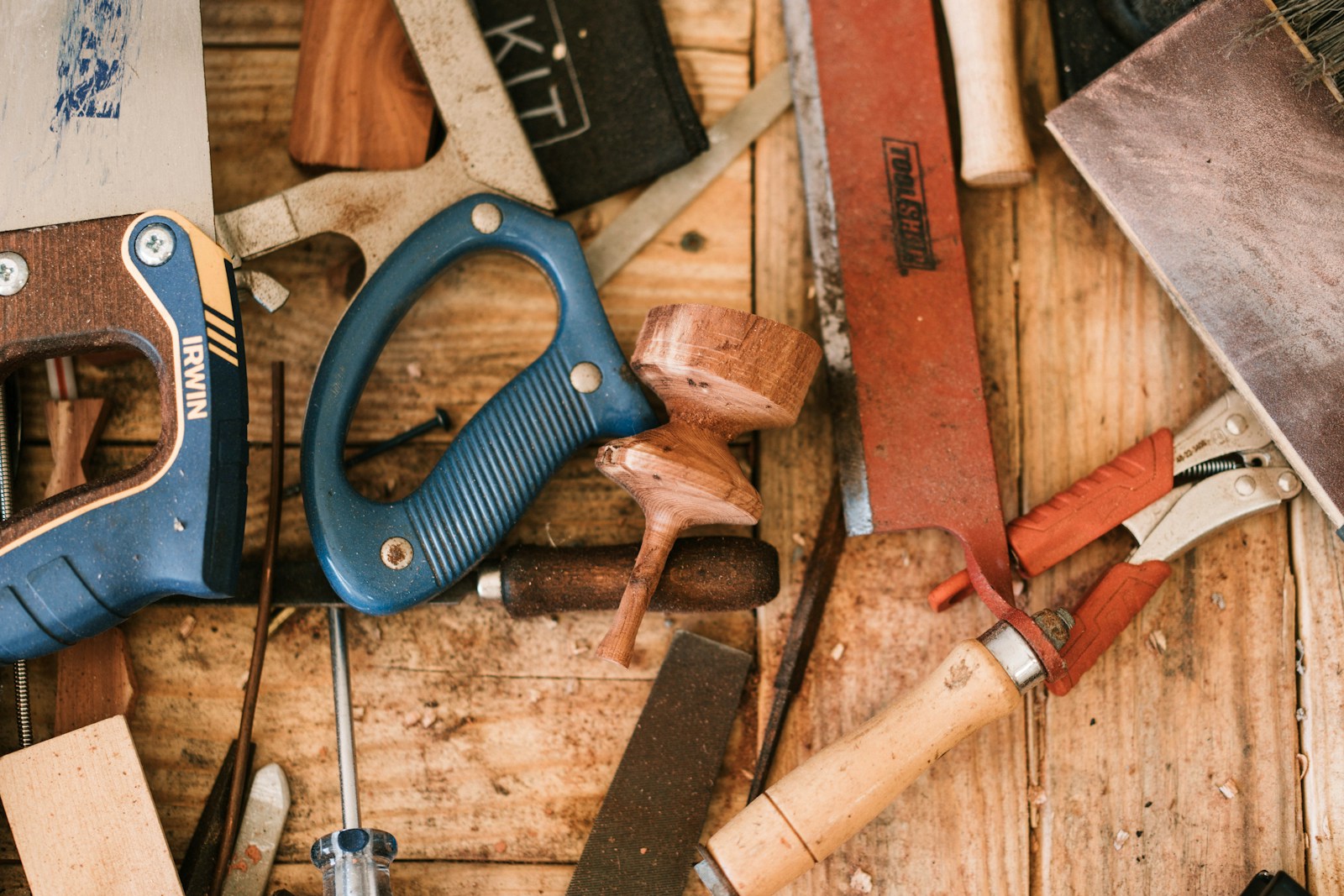How to Pick the Right Tools for Beginners Without Overspending Made Easy and Affordable
Jumping into a new project or hobby that requires tools can be confusing. There are so many options and price points out there.
You might worry about buying the wrong thing or spending more than you need. The good news is that you can put together a solid starter toolkit without emptying your wallet.
It’s all about finding tools that are dependable, flexible, and affordable. With a bit of planning, you’ll have what you need for most beginner projects.
Start with a reliable multi-tool like the Leatherman Wave Plus
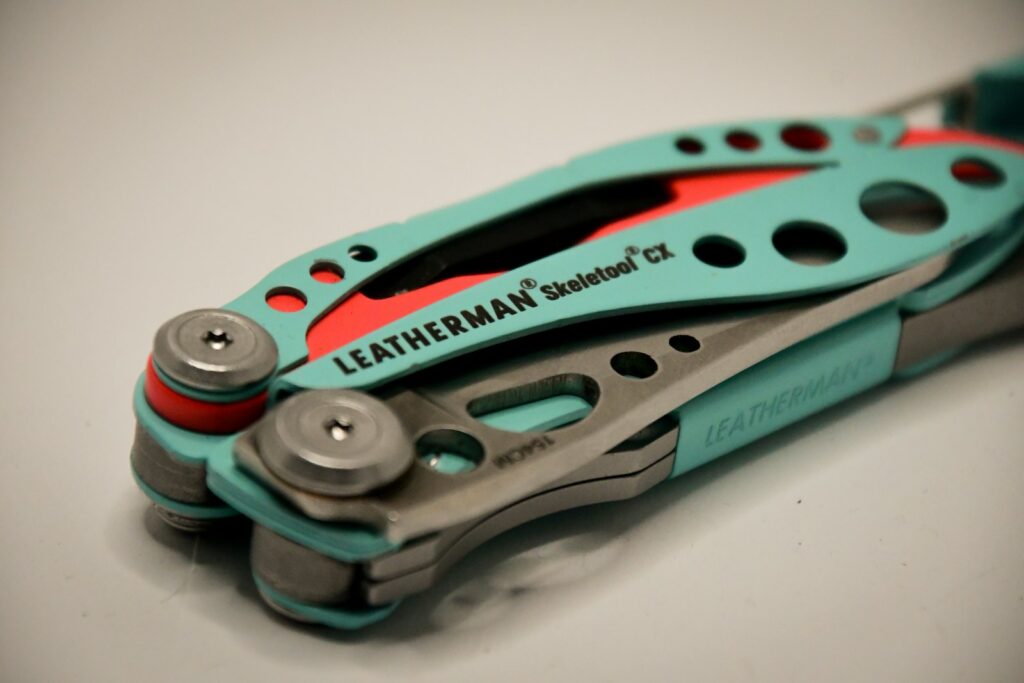
If you’re new to using tools, a quality multi-tool is a smart place to begin. The Leatherman Wave Plus stands out because it offers many tools in one compact package.
You get 18 different functions that are easy to access, so you don’t have to buy a bunch of separate items. Most tools open quickly, which makes it handy for quick fixes.
The Wave Plus is made from strong materials, so it can handle daily use. Its size makes it easy to carry in your pocket or on your belt.
If you want more details, check out this Leatherman Wave Plus multi-tool review.
Choose a cordless drill such as the DEWALT 20V MAX for versatility
A cordless drill is one of the most useful tools you can have when starting out. The DEWALT 20V MAX is popular for its power and flexibility.
It runs on a rechargeable 20-volt battery, so you’re not stuck near an outlet. The lightweight design makes it easy to use for longer periods.
This drill can handle different attachments for drilling and driving. Kits that include batteries and chargers are available, so you’re ready to go right away.
You can read more about why the DEWALT 20V MAX is a smart pick for beginners at toolingideas.com.
Invest in a good-quality claw hammer like the Estwing E3-16C
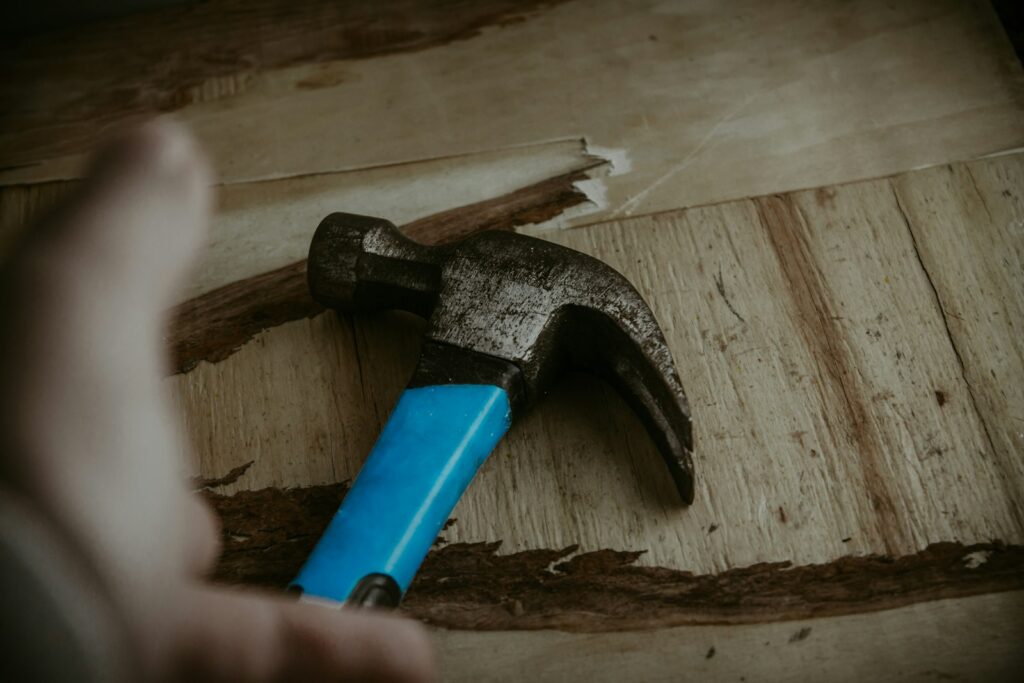
Every toolkit needs a sturdy hammer. The Estwing E3-16C is a favorite because it’s made from one piece of steel, making it extra tough.
You’ll notice the balance and smooth swing, which helps with comfort and control. The shock reduction grip is gentle on your hands during longer projects.
This hammer is useful for woodworking, framing, and simple repairs. It’s designed to last, so you won’t need to replace it anytime soon.
Pick a tape measure from Stanley, ideally 25 feet long
A tape measure is one of those tools you’ll reach for again and again. A 25-foot length covers most home projects.
Stanley tape measures are known for their accuracy and durability. They feel good in your hand and the lock holds the blade in place while you measure.
Look for one with a coated blade and clear numbers for easy reading. Stanley’s Powerlock or FatMax lines are both solid choices.
Use a set of precision screwdrivers like the Wiha 26197

Working on small projects or electronics? A set of precision screwdrivers is a must.
The Wiha 26197 set includes both Phillips and slotted tips in several sizes. The tips are made with care, so they fit screws well and prevent damage.
Comfortable handles make a big difference when you’re working on tiny parts. This set is built to last, so you won’t need to replace them often.
Get adjustable pliers such as Channellock 440 for various tasks
Adjustable pliers are incredibly useful for all sorts of jobs. The Channellock 440 is a strong pick because it adapts to different sizes.
With a jaw capacity of up to 2.25 inches and seven settings, you can get the right grip for the task. The heat-treated teeth hold tight and won’t slip.
These pliers are built to last, so you can use them for plumbing, repairs, and more. They cover a lot of needs with just one tool.
Select a sturdy try square from Irwin for accurate measurements
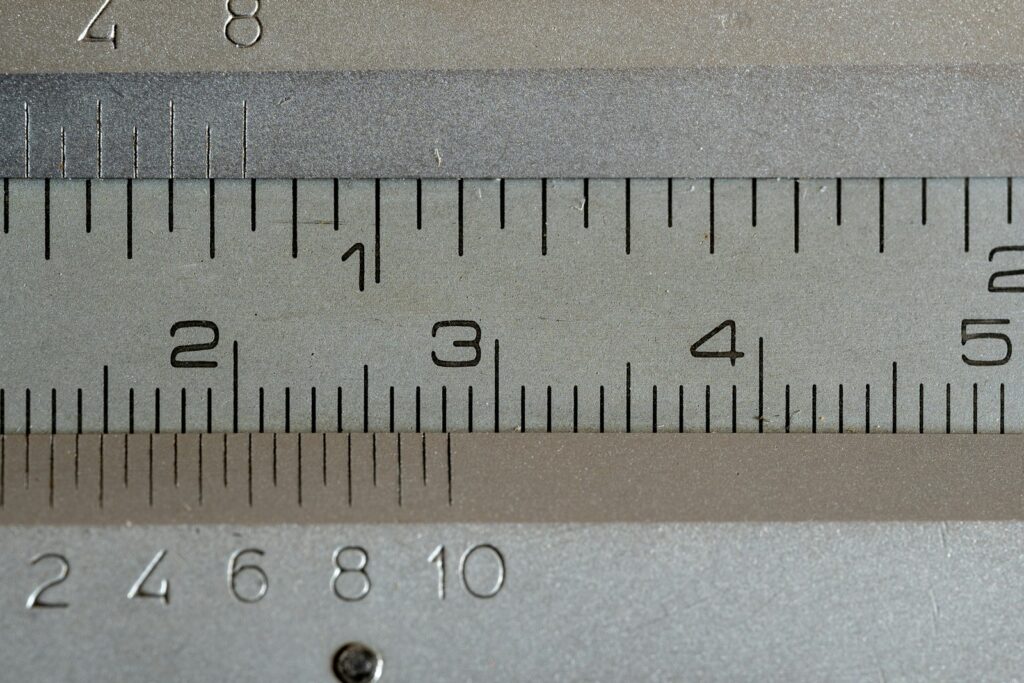
If you’re getting into woodworking or home projects, a try square helps you mark perfect right angles. The Irwin try square is a reliable choice for beginners.
Irwin’s design is simple and the measurements are easy to read. The steel blade gives you durability for repeated use.
It fits comfortably in your hand and helps keep your work accurate.
Buy a utility knife like the Milwaukee Fastback for safety and ease
A good utility knife is essential for opening boxes, cutting materials, and more. The Milwaukee Fastback is easy to use and safe for beginners.
You can open it with one hand, and the blade locks in place for safety. Changing blades is simple and tool-free.
It’s lightweight and clips easily to a belt or pocket. The Milwaukee Fastback is a solid pick for everyday cutting tasks.
Opt for a compact level like the Stabila 37424 for precision

A level is necessary for hanging shelves or making sure your projects are straight. The Stabila 37424 is compact and easy to use.
At 24 inches, it’s a good size for most beginner projects. The clear vials are readable from different angles, making your job easier.
Its aluminum frame is strong but not heavy. This level gives you reliable accuracy for a long time.
Check out the Stabila 37424 24-Inch Builder’s Level to see if it fits your needs.
Include a cordless jigsaw, for instance, Bosch JS470E
A cordless jigsaw is great for making curved or straight cuts in wood and other materials. The Bosch JS470E delivers strong power and is easy to control.
The 7.0-amp motor can handle wood, metal, and plastic. You can adjust the speed to match your project, which helps with accuracy.
The rubber grip is comfortable and reduces fatigue. This jigsaw is tough enough for regular use but still light enough to carry around.
Key Criteria for Choosing Beginner Tools
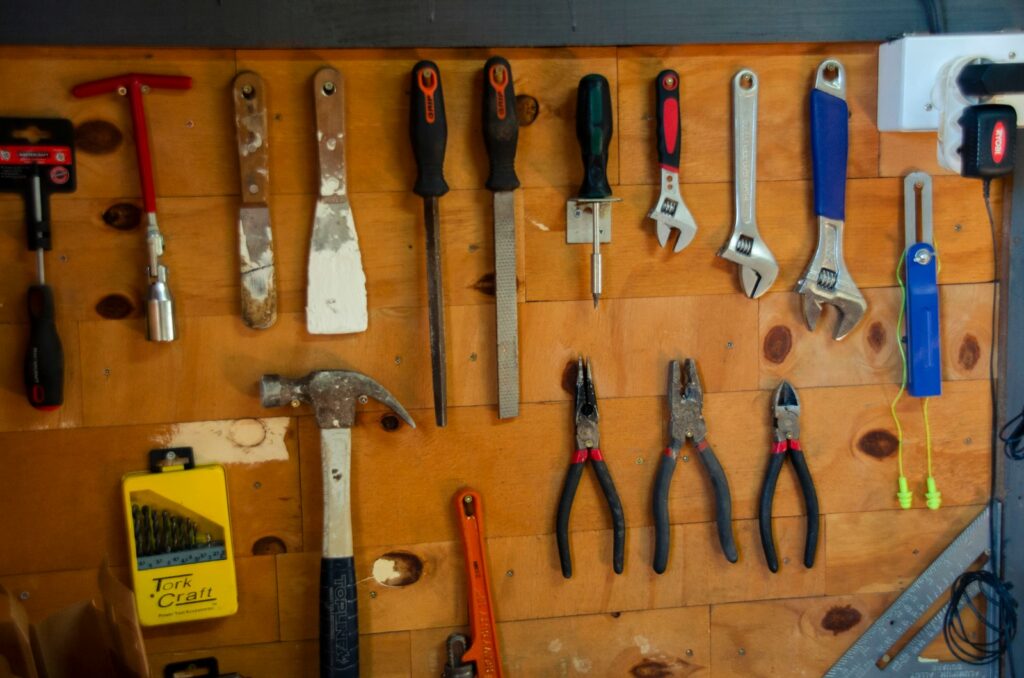
Choosing tools can be tricky if you don’t know what to look for. Focus on what you’ll actually use and skip the extras that don’t add much value.
Assessing Your Actual Needs
Think about the jobs you plan to tackle most often. Are you fixing things at home, building furniture, or doing plumbing work?
Make a list of the tasks and the tools needed for each. Starting with versatile tools like a cordless drill or pliers keeps things simple.
Avoid buying specialty tools until you really need them. Stick to basics that cover a range of uses.
Understanding Features vs. Essentials
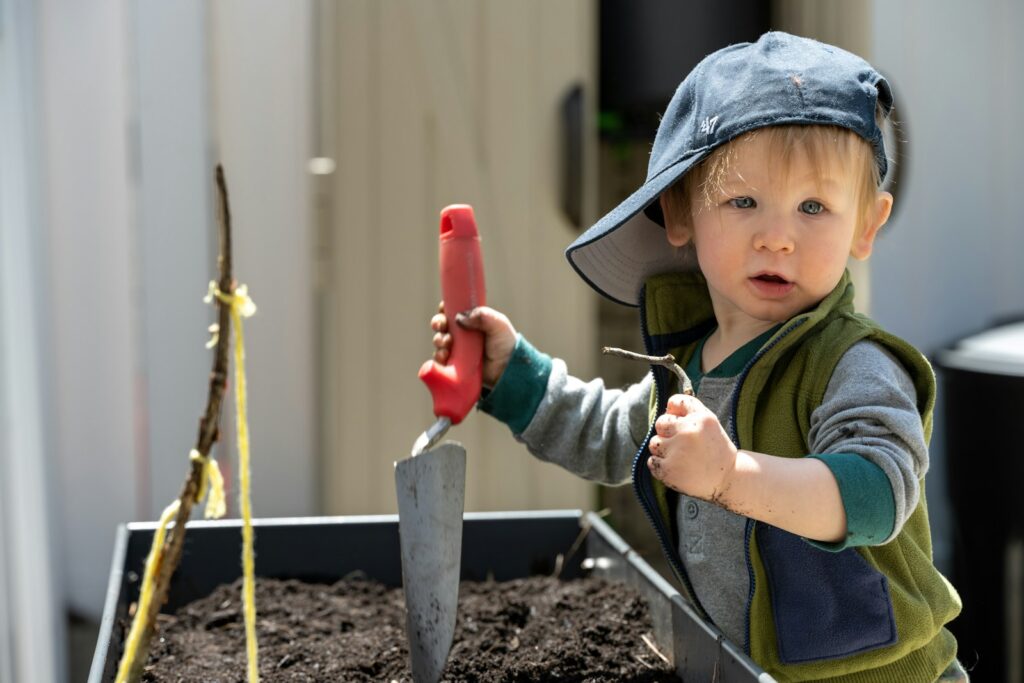
Many tools come with extra features that sound appealing but aren’t always necessary. Focus on good build quality and simple operation.
Ask yourself if a feature will actually help with your projects. Can you start with a basic model now and upgrade later?
This approach helps you get the best value for your money and keeps your toolkit manageable.
Money-Saving Strategies for Beginners
Getting started with tools doesn’t have to be expensive. Focus on buying what you’ll use most, and look for deals on quality brands.
Think about how often you’ll use each tool before spending more. This way, you’ll build a toolkit that works for you without going over budget.
Evaluating Multi-Use vs. Single-Use Tools
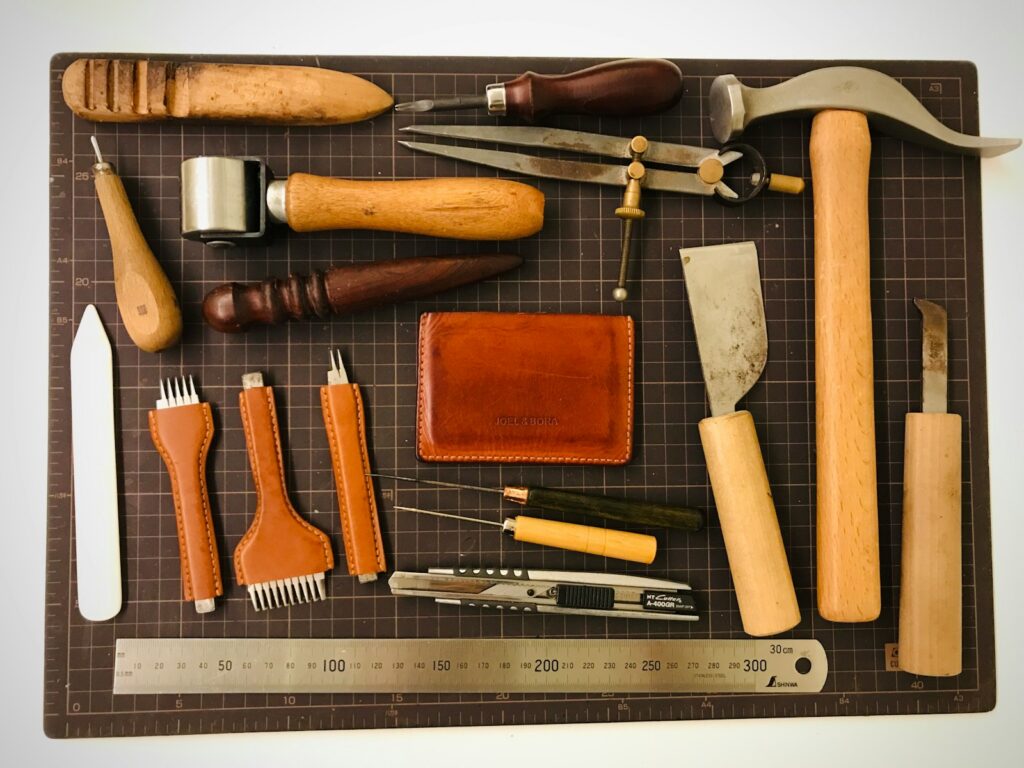
Ever find yourself wondering if you really need that one-purpose gadget? Multi-use tools let you handle a variety of tasks with just one item.
These tools can help you stretch your budget, since you aren’t buying a separate tool for every job. For example, a multi-bit screwdriver can swap in for several different screwdrivers.
Single-use tools are made for just one job. They might be less expensive at first, but owning a bunch can add up quickly.
It helps to pause and think about how often you will actually reach for that single-use tool. Will it sit in your drawer most of the year?
Try making a simple list:
- How many different tasks can this tool handle?
- How often will you use it?
- Can one multi-use tool take the place of a few single-use ones?
Choosing tools that serve more than one purpose, without sacrificing quality, means you get more value from every purchase.
When to Invest and When to Save
Some tools are worth spending extra on, especially if you use them often or they make a big difference in your results. Investing in sturdy, reliable equipment can actually help you avoid headaches and extra costs down the road.
No one wants to keep replacing something that keeps breaking. Cheaper tools might seem like a deal at first, but they can end up costing more if you have to replace them often.
For items you only use occasionally or for quick fixes, it makes sense to save your money. You can find decent options at a lower price, or even pick up secondhand tools that get the job done.
Renting is another option if you only need something for a single project. There’s no need to buy a specialty tool that will just collect dust afterward.
Before you buy, ask yourself a few questions. How often will you really use this? Will a higher-quality tool actually make your work better? Sometimes, a basic version is all you need.
Thinking it through helps you avoid overspending and keeps your toolkit practical.

